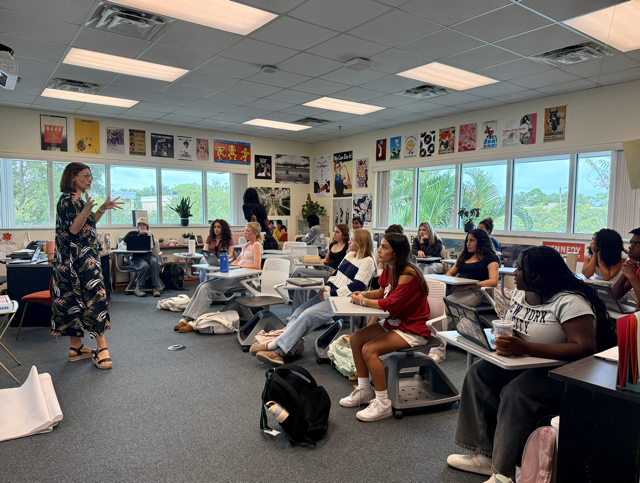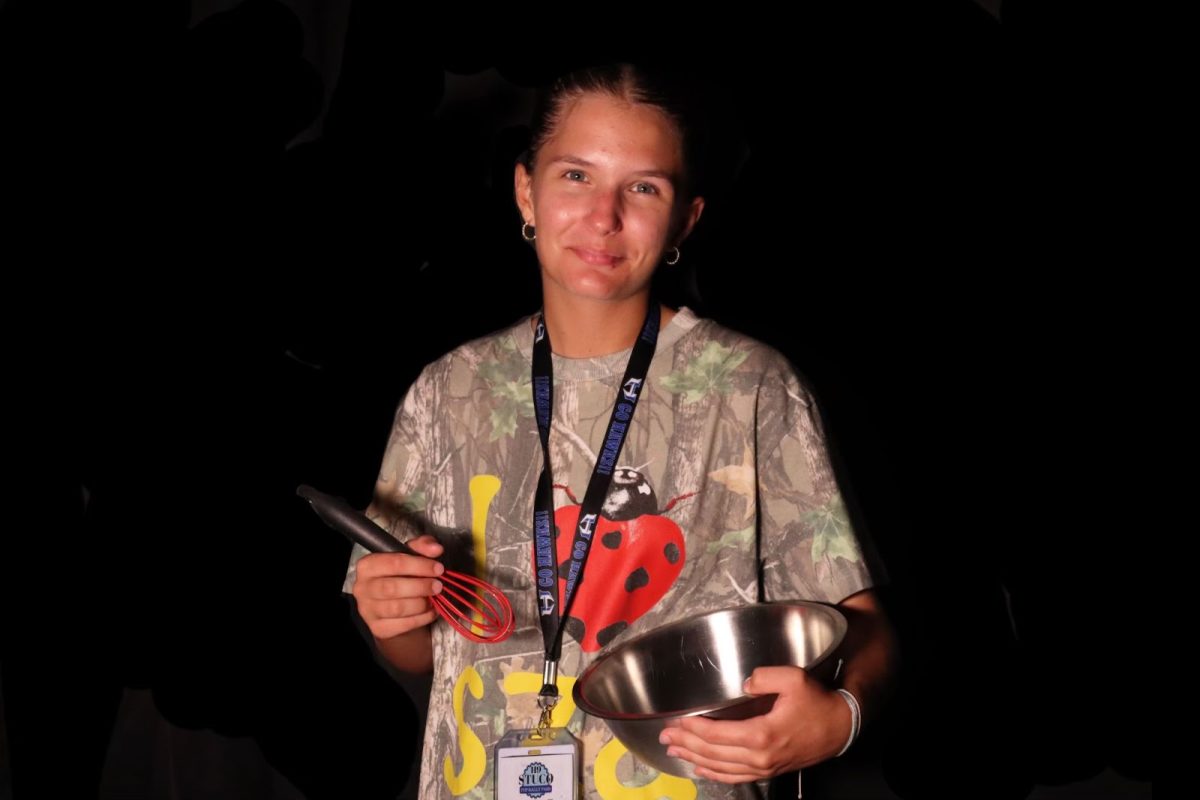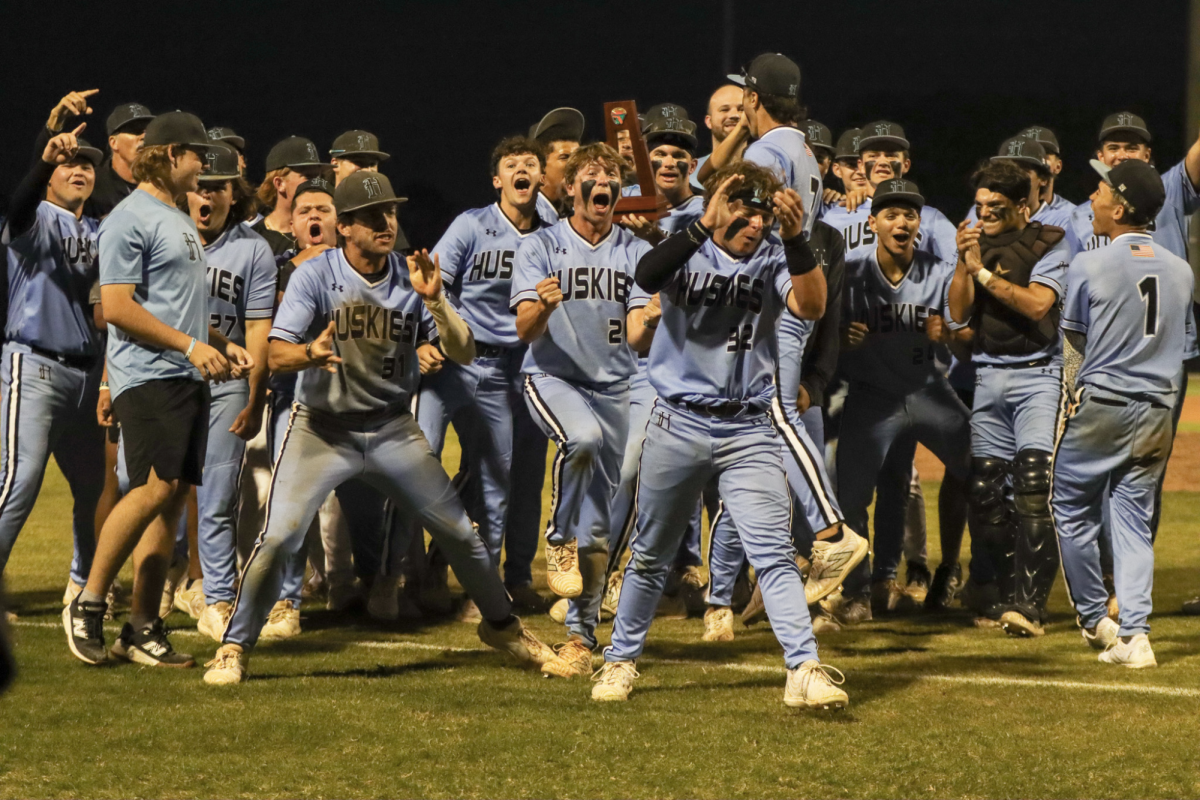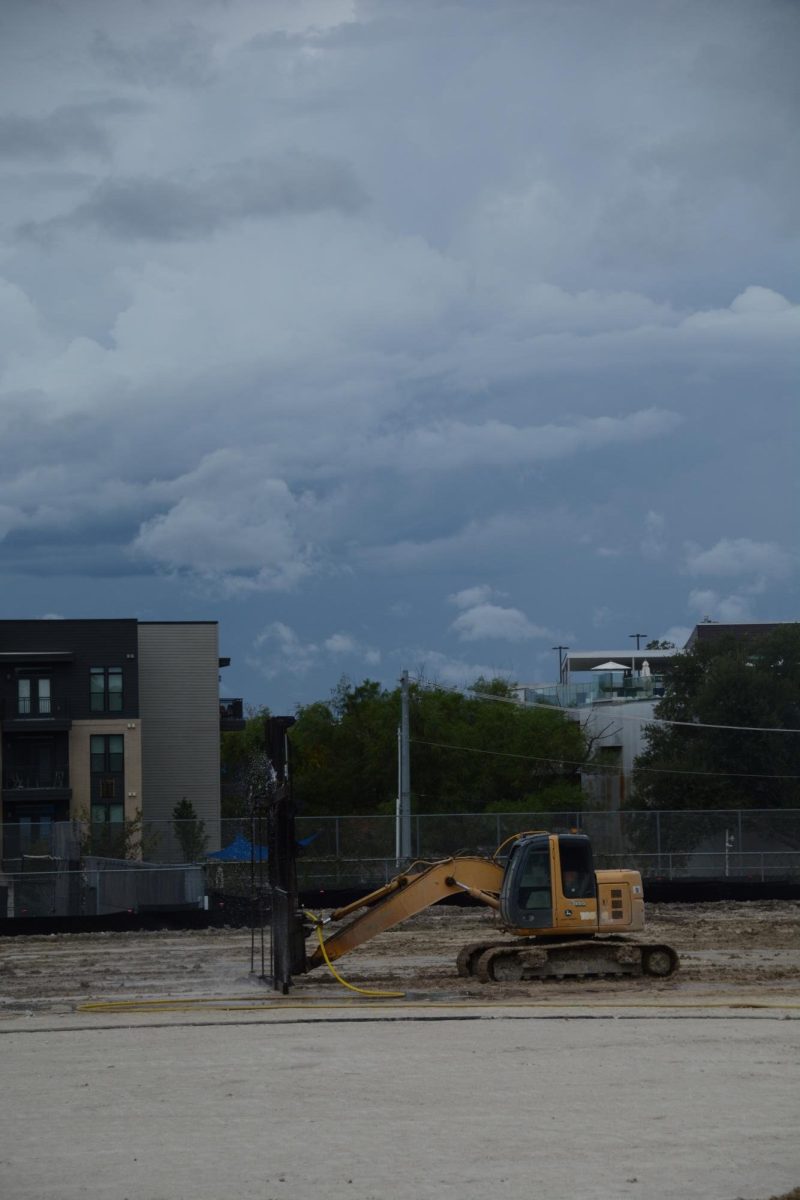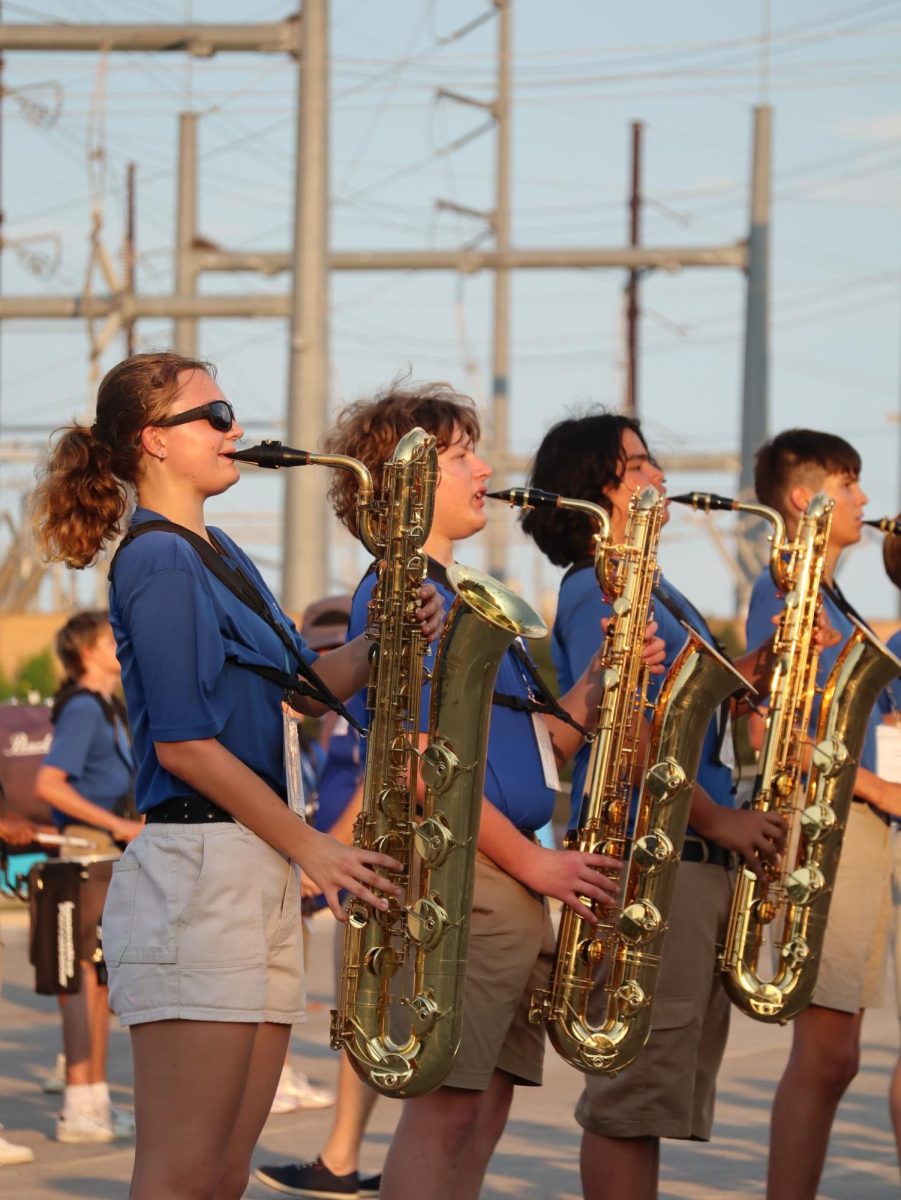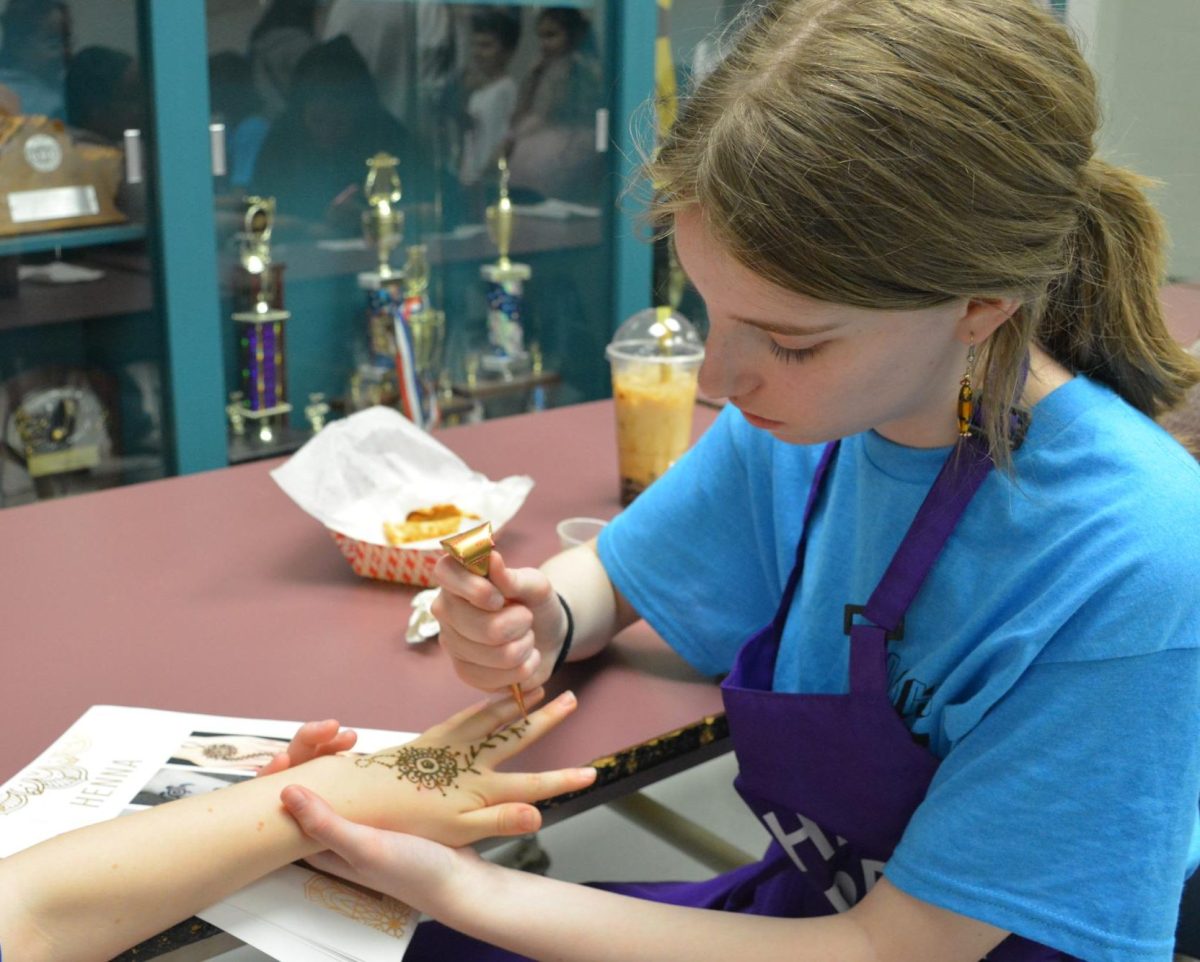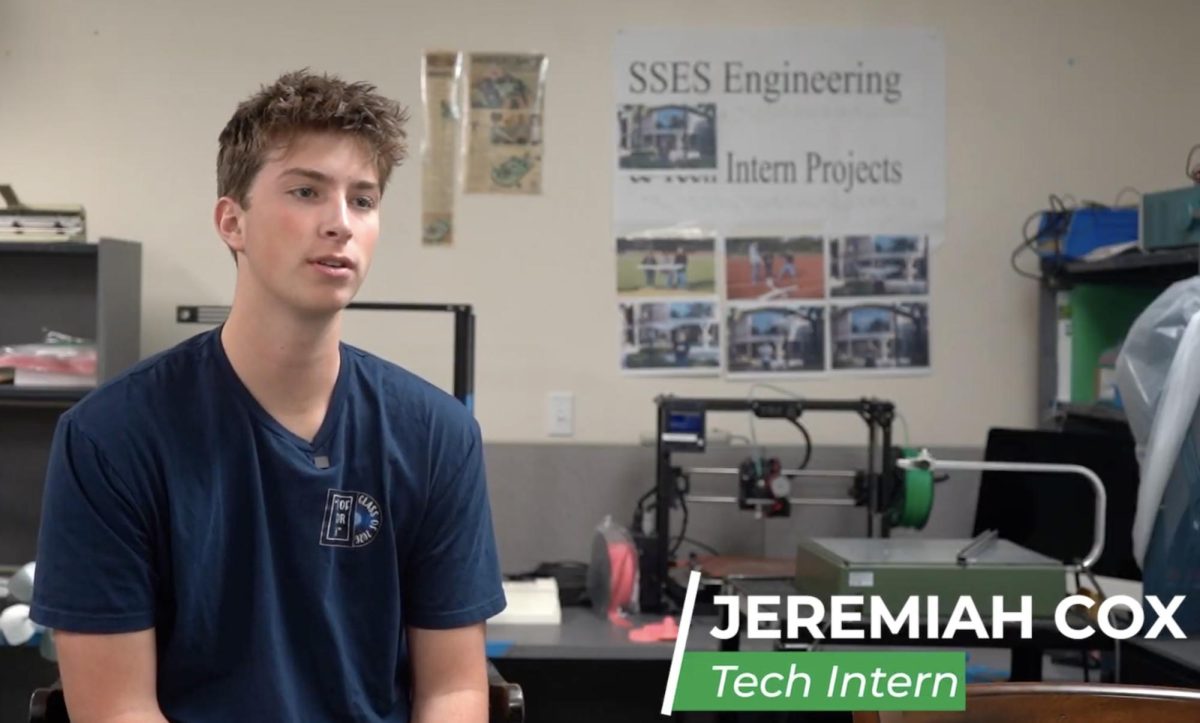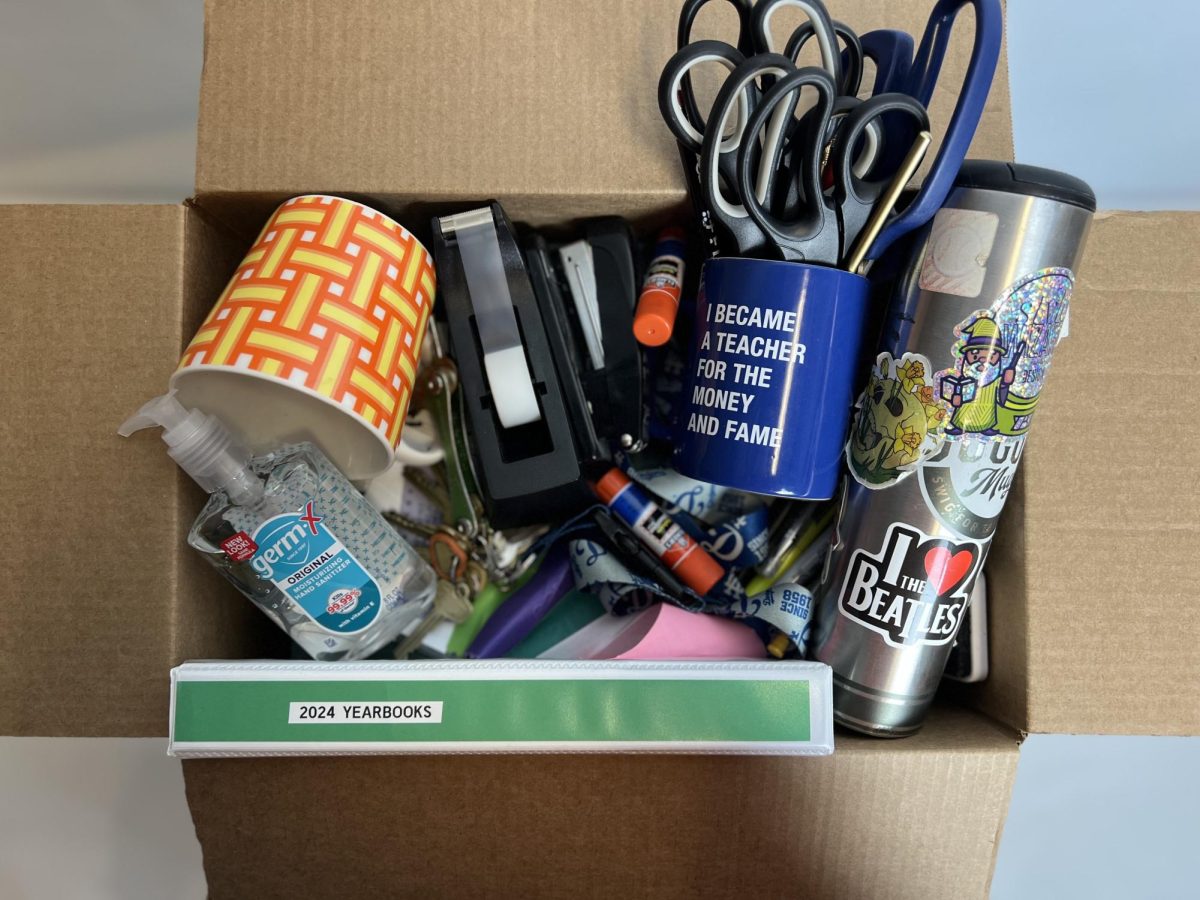Reality has recently been sinking in for students and teachers in the West Linn-Wilsonville (WLWV) school district as the budget crisis has reached a point where goodbyes have begun.
In March 2024, the district formally announced a budget plan highlighting a $4 million reduction from the budget in the 2024-2025 school year, plus another cut in the following year. One month later, the plan was revised and increased into a $10 million cut due to insurance, inflation for school materials, a decrease in federal grants, and a mistake in the district’s substitute teacher vendor.
To compensate for school material shortages, classes have been fundraising to raise money for the following school year. Students in ceramics have not only been working on pottery pieces, but fundraising for clay. Reporters for the wlhsNOW and Amplifier staff are dually focusing on creating a trustworthy publication, as well as raising funds for our last two issues of the Amplifier.
Selena Huggins, yearbook and English teacher, has been teaching at Wilsonville High School for two years, and has insight into the leading causes of the district budget cuts.
“The state budget is a major contributing factor,” Huggins said. “It does not actually get finalized until June, but we have a projection of what it’s supposed to look like, and it is only going up by 10% whereas the cost of living has gone up 15%. They just got to the point where COVID-19 money has finally run out completely. It just got to the point where we have to make these major budget changes.”
A lot of the issues have also come down to how the state uses the funding for education, and primarily for them to fulfill the promises they’ve made to past employees with the Public Employees Retirement System (PERS).
PERS is the way that public employees are paid after they retire. The state used to pay the average of an employee’s last three paychecks every year after they retire, which was tier one of PERS. This system has been downgraded in the amount they are giving afterward because of how much it is draining the district’s budget.
Brandon Smith, a teacher of math and computer science at West Linn High School who has been teaching in the district since 2011, shares his insight on the budget cuts history.
“With the way that PERS is legally structured, you can’t go back and say, ‘Sorry, I actually don’t want to pay you that much, we’re gonna cap it’,” Smith said. “I honestly don’t know if in its current inception, [this situation] is repairable until an entire generation of tier one recipients are no longer receiving tier one benefits.”
Earlier this year, the WLWV school district was considering shutting down one of the three elementary schools, Cedaroak Park, Stafford, or Bolton, due to their budget deficiency. After a long time of delegation, the decision was made not to close any of the primary schools.
“It is very hard to close a school,” Smith said. “When you have a school that is in a neighborhood and it’s an identity of a neighborhood, kids walk to it, families are there, they use the facilities, it’s very hard to do that.”
While this decision may have been able to save the primary schools for now, it certainly hasn’t fixed the budget deficiency that a closure would’ve helped to solve. This has led to a debate on whether or not the district should have closed one of the schools, especially considering it will likely be voted on again next year.
“‘What is the long-term projection of this? If we do this, will we save teachers?’ If the answer is yes, then yes, close, because in 10 years, your students, your children will need those teachers that may not be there now because of this short-term decision,” Smith said.
Currently, the plan is now anticipated to cut $15 million from the district budget for the 2025-26 school year, with $7.54 million in teacher reductions and $7.46 million in other staff reductions, such as office administration, support staff, and teachers on special assignments.
Staff in the district have four possibilities for the future of their jobs. They can either be laid off, relocated to a different school in the district, transferred to a different job in the school, or remain in the same position they currently hold. When it comes to the different options, two main components are factored in.
“[It’s chosen by] years of experience and licensing,” Smith said. “It’s how many years you’ve been a teacher in the district and then I believe it’s how many years you’ve been at a school potentially, and then it can also come down to licensure. The more licenses a teacher has, the more flexibility the school has in placing them in different classes to teach, which can reduce costs and it can also make more opportunities for students.”
Seniority in the district is the biggest consideration when it comes to deciding an educator’s future. Teachers working in the WLWV district for under three years are most at stake when it comes to their jobs.
The science department has 15 teachers at the high school with many being hired in the last few years, leading to a nervous energy throughout our staph and student body alike. While we hope there’s not a mass cut of science teachers, we have to deal with the fact that it’s likely that this will happen. These teachers that haven’t been here for a long time have made their mark on the school and are highly qualified, and it’s upsetting to lose an amazing teacher to something beyond our control.
The week prior to Jan. 1, temporary teachers in the district were formally notified that they would no longer have a job after this school year ended. Temporary teachers in the district were hired for full-time positions, but added on later than a certain date.
For the following weeks, teachers in the district received emails leading up to March 7, the date teachers were told about their job status. Working in the district for two years, Huggins’ position was in jeopardy.
“I was very stressed out for about two weeks,” Huggins said. “Then we got an email saying, ‘Oh, we have to extend the timeline, and we’re not actually going to tell you this Friday, we’re going to tell you next Wednesday,’ and that was really hard, because the sheer fact of waiting was so hard.”
It was later that week, on March 11, when Huggins got a phone call from her principal, asking to meet in person away from school hours.
“My heart sank, because I knew what that meant. I knew I was going to be part of the RIF, which stands for reduction in force,” Huggins said. “She let me set whatever time I wanted, but she wouldn’t give me any information over the phone. I went into the meeting at 7:45 [a.m.], and she had a folder in her hand, and we sat down in the chairs, and she said, ‘I have bad news. Unfortunately, we do need to cut your position,’ and that was one of the hardest sentences I have heard in a very, very long time. I cried immediately as much as I knew it was coming, it still felt like a shock. I really kind of hoped yearbook would save me, but it wasn’t enough.”
Once a teacher is laid off, there are multiple steps they have to go through, and additional considerations for the following year.
“There is a whole recall process, things that could happen to potentially get the job back,” Huggins said. “I am seventh in line for a language arts position, but because I have the two [Career Technical Education] (CTE) endorsements, I have one for journalism and I have one for an education class that we have here, so I actually am first in line for both of those to potentially be recalled if a CTE position opens up as well.”
Not only will these layoffs be affecting the teachers that were laid off, they will likely be affecting the educators and schools still working in the district, especially in class sizes the following year. Students currently have a difficult time finding availability to closely work with teachers in class, and with the sizing increase, this will only trigger more problems with student schedules.
Certain classes will have to increase substantially in size, especially core classes that are required to take.
“I think it’ll depend on what the class is. Core classes will go up because they’re required. Electives might be able to spread them out enough,” Smith said. “Electives may also have to take some of the excess students from other periods and absorb them so that the classes are more balanced out. But the catch is if we lose teachers, we lose the possibility to teach electives.”
This could be harming the experience in the school district for both teachers and students. Teachers will have to deal with a lot more students, and students won’t be able to get the attention they need one-on-one with teachers.
Beyond that, it could affect the club experience at WLWV schools. Not only will the funding be cut for clubs so they can’t go on to as much for students as they did in previous years, but teachers won’t be able to run clubs as well with their greater workload.
“I could also see kind of maybe an unintended consequence,” Smith said. “If class sizes go up, if teachers are asked to teach more, then they just don’t have the bandwidth to also run a club.”
Across the district, 58 teachers were laid off, with the only public knowledge of seven teachers at Wilsonville High School being let go. To combat the loneliness a teacher may feel in this situation, the principal at Wilsonville High School set up a way for teachers to connect with one another during this time.
“We have an email chain now, because six out of the seven of us on this campus said that we are okay with telling each other,” Huggins said. “We just kind of talk and have this little bit of a community just amongst the six of us, which is really nice, and it’s nice to have that support, and I’m really glad that my principal did that.”
While all teacher positions have been notified of their job for the next school year, educators have to continue working in the classroom, with the option to share their stories with students.
“Wednesday, when we were told, you could tell there was an energy shift at the school,” Huggins said. “The kids knew that it was coming, and so they were like, ‘did you get news? Did you have your meeting? Like, what’s going on, what’s happening?’ Which was really hard, because I was still trying to process it. How do I tell them, ‘yes, this thing happened’ when I was still trying to process.”
Despite this, teachers have to put on a brave face and continue working their job well, something Huggins finds exasperating about the position.
“One of the things that [my colleague] said that I really resonate with is, ‘In no other career do you get laid off and you have to continue working for the next three months.’ It’s kind of its own special torture,” Huggins said.
It’s difficult for us to accept that our teachers may not be in our building next year, but still have to trudge through the year as if nothing’s wrong, keeping a brave face for the benefit of students.
Additionally, as a high school publication, we can’t get the funding that private schools receive, so we see first hand the importance of properly funding public education. If that doesn’t happen, this current crisis exemplifies the lasting effect on teachers and students.
“I just want that message to go out that public education is really, really important, and when we are not funding public education the way we need to, that’s when things like this happen,” Huggins said. “That’s when things where I’m a really good teacher, and I’m now going to leave education probably, and that really sucks.”
With all the talks of budget and school closure, many teachers can feel forgotten during this time, having to deal with not having a job next year while still having to work hard in that job they are about to lose.
“What can get lost in all of these budget conversations, it can just sometimes get so abstract, but just the human element of it, that people are losing jobs like real people who love what they do are losing jobs, and they’re losing their job in a place that they love to work, with students they love to interact with, and that’s really hard to see, and I think it would be a great time for students to be mindful of that,” Smith said. “So I’ve been trying to, as I go through my day, just be extra gracious with teachers and my colleagues, because I don’t know what they’re going through.”
The district will hold a budget committee meeting on May 19 to discuss the cuts and other future plans. Until then, educators will continue working through the school year even if they know their position has been terminated and is no longer necessary to the school.
This story was originally published on wlhsNOW on April 11, 2025.




